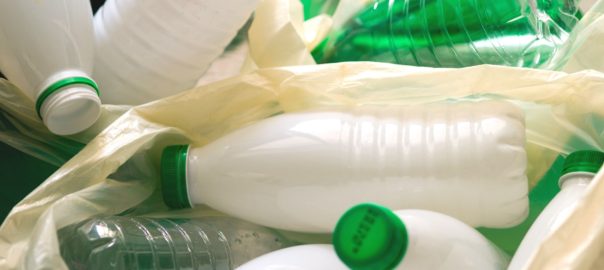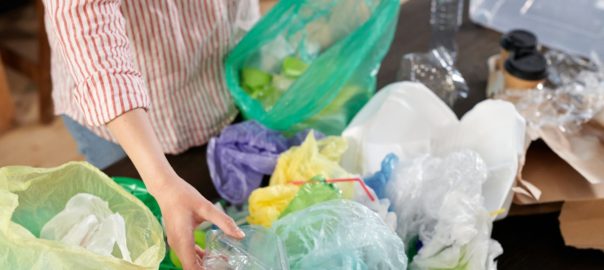Bioplastics may seem like an alternative to reduce plastic pollution. They are being touted as the best replacement because it is supposed to break down. However, it turns out that many bioplastics are made with GMO corn. Since I try to avoid GMO foods it bothers me that this product is still finding its way into the environment.
Some bio-degradable plastics have a mystery ingredient that helps them to break down faster. Researching it on the internet I come up with the information that that chemical is “proprietary” and so does not need to be shared with the general public. Other information states that it may “leave some toxic residue but the environmental impact is lessened.” This, again, is not something that I want touching my food or in our environmentl.
Resources
These are products which will help me continue to reduce my environmental impact; something I consider to be an important part of the balance to a holistic life.
Grocery Bag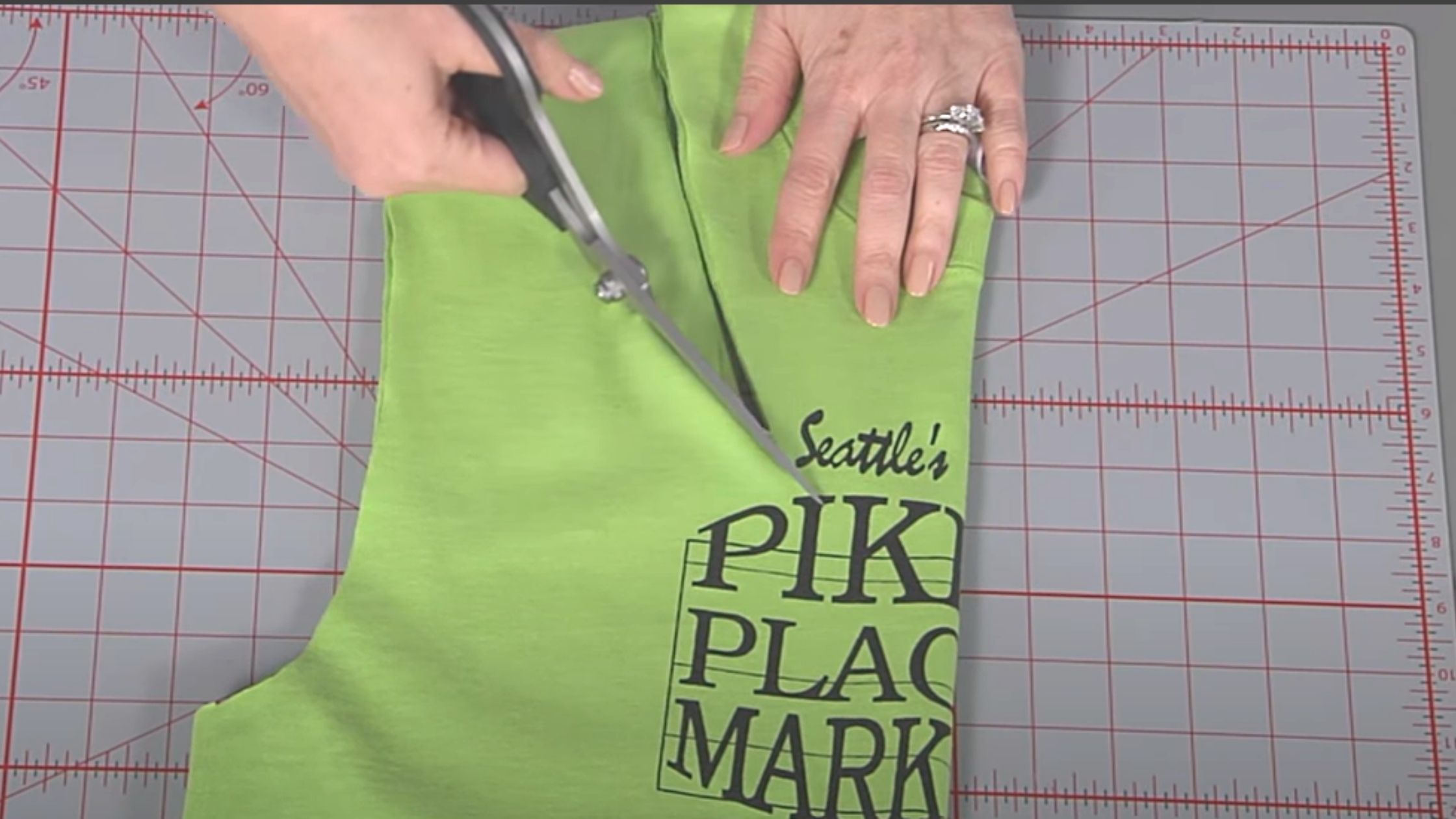
Bring reusable grocery bags! One of my challenges these days is to not use the thin plastic bags that the grocery store gives out in the produce section. Here’s a great video on making produce bags from old t-shirts.
Glass & Stainless Steel Straws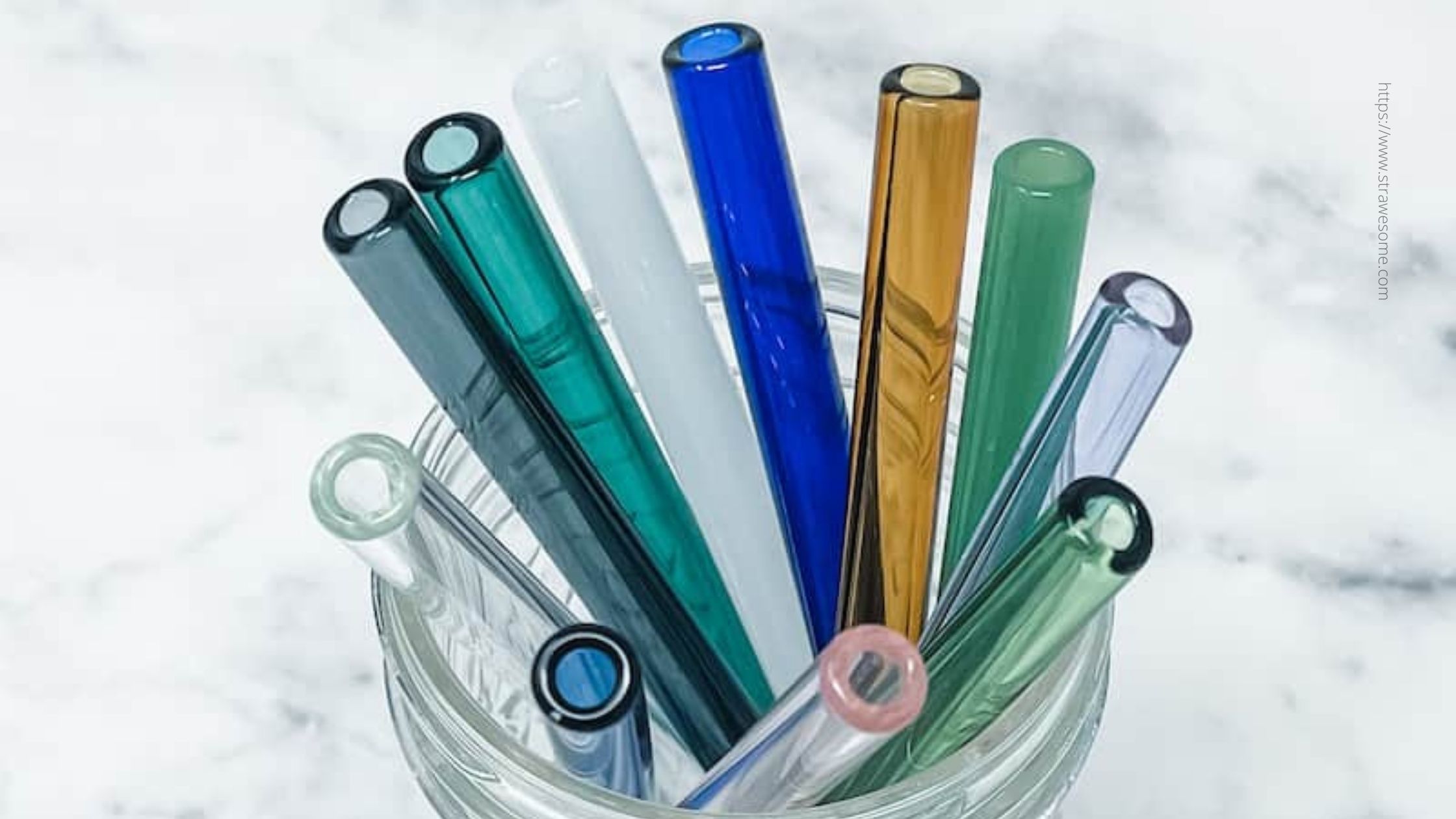
Plastic straws are definitely not a good choice for the environment; it turns out that Americans use as much as 500 million straws per day! That’s a lot of plastic waste that’s not breaking down, getting into the environment, and possibly harming wildlife. To avoid plastic straws you can purchase reusable straws that are easy to wash and use again over and over. There are a number companies making these straws in either glass, metal, or silicone. The glass straws are available from a company called Strawsome.
Bring Your Own Takeout Container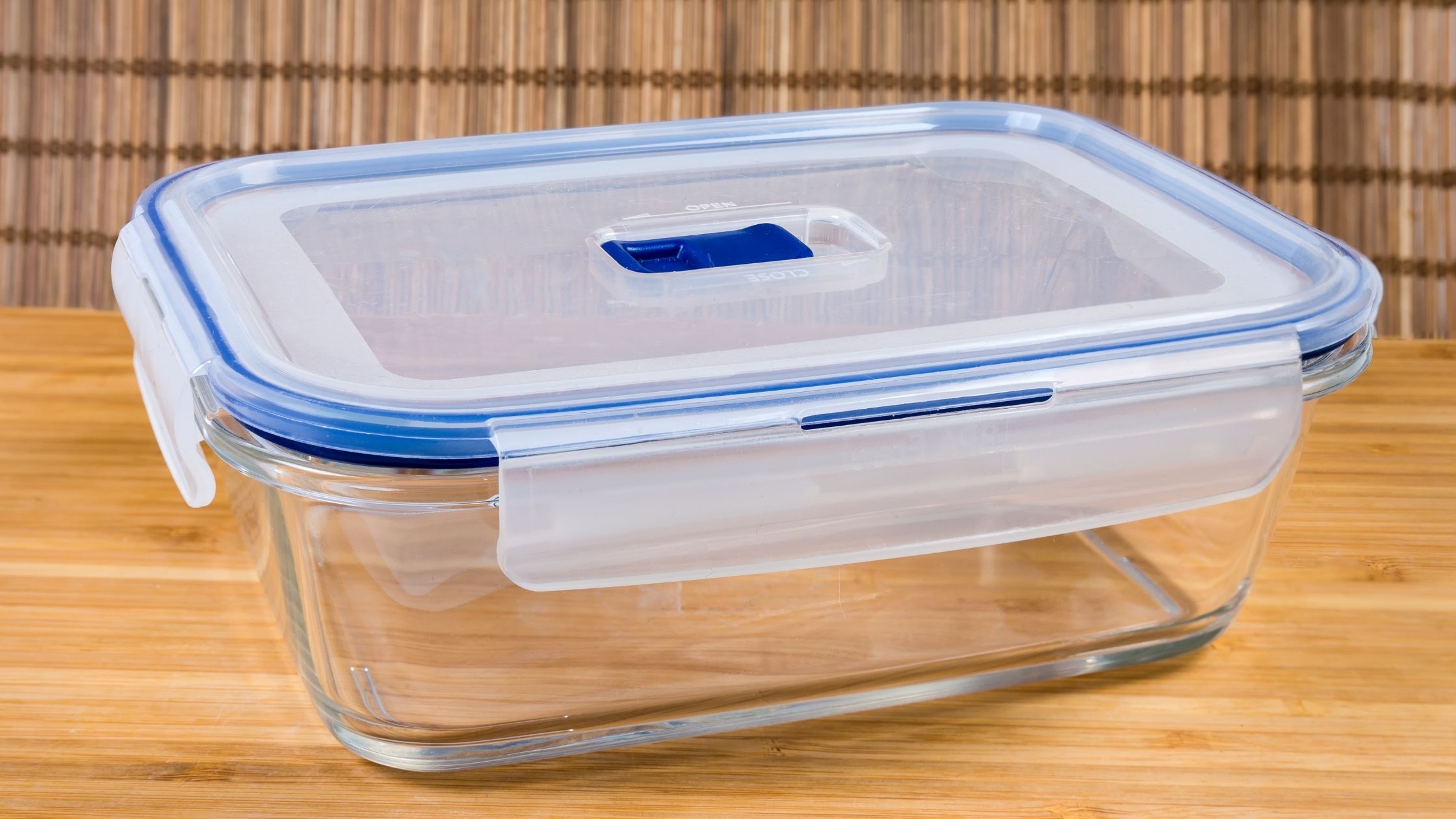
When it comes to dining out there are a lot of companies who use styrofoam or plastic containers. Definitely not an eco-friendly option. Other companies offer cardboard or recycled cardboard containers. While these are definitely a better option than plastic or styrofoam, they’re still single use containers and environmentally still have a higher impact.
A better option is to bring your own container from home. While it does take time and attention to remember to bring your own container this is a big win for the environment as you can wash and re-use your container over and over. Plus it’s one less disposable container winding up in the landfill.
Cloth Napkins, Sandwich Bags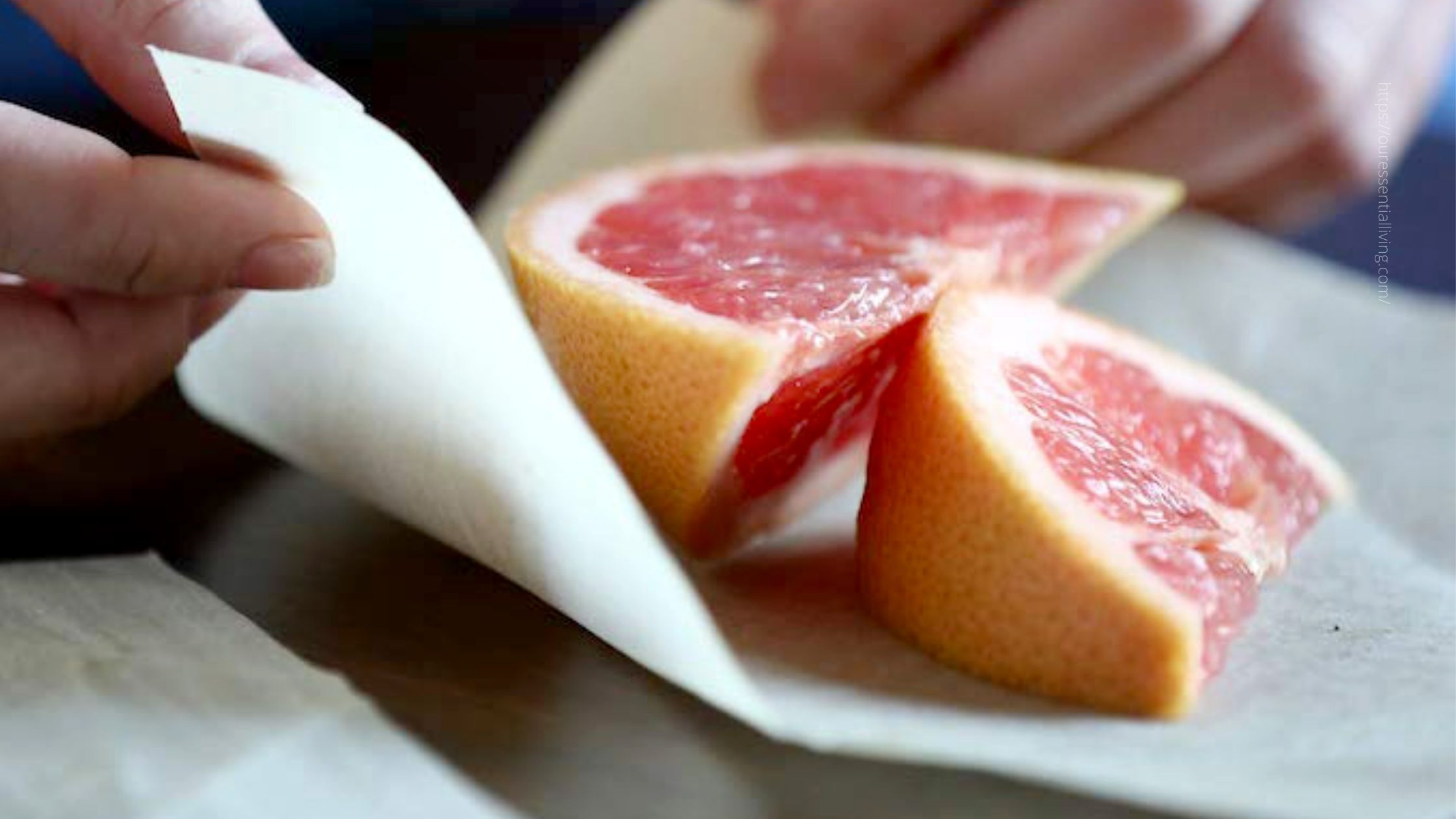
We do use cloth napkins in our house. Not 100% of the time. When I have a party I confess I buy paper because I just don't have that many cloth napkins. But on a daily basis it's cloth and we have a good size, mismatched collection.
When talking about the idea of reusable sandwich bags I came across only one resource for food-safe plastic fabric. If you decide to make your own reusable sandwich bags please do not use PUL or oilcloth, neither of those is acceptable for food contact.
When it comes to wrapping sandwiches, or even covering foods in a container, one of the best options, instead of plastic wrap, is to use beeswrap. These are cloths that have been treated with beeswax in order to make a pliable, re-usable wrap. Although they are somewhat expensive at the grocery store, they’re actually quite easy to make at home using this DIY Beeswrap Kit (note: this kit includes a specially blended mix of beeswax, pine resin, jojoba, and coconut oil for a flexible, reusable food wrap, you simply add your own fabric).
Gums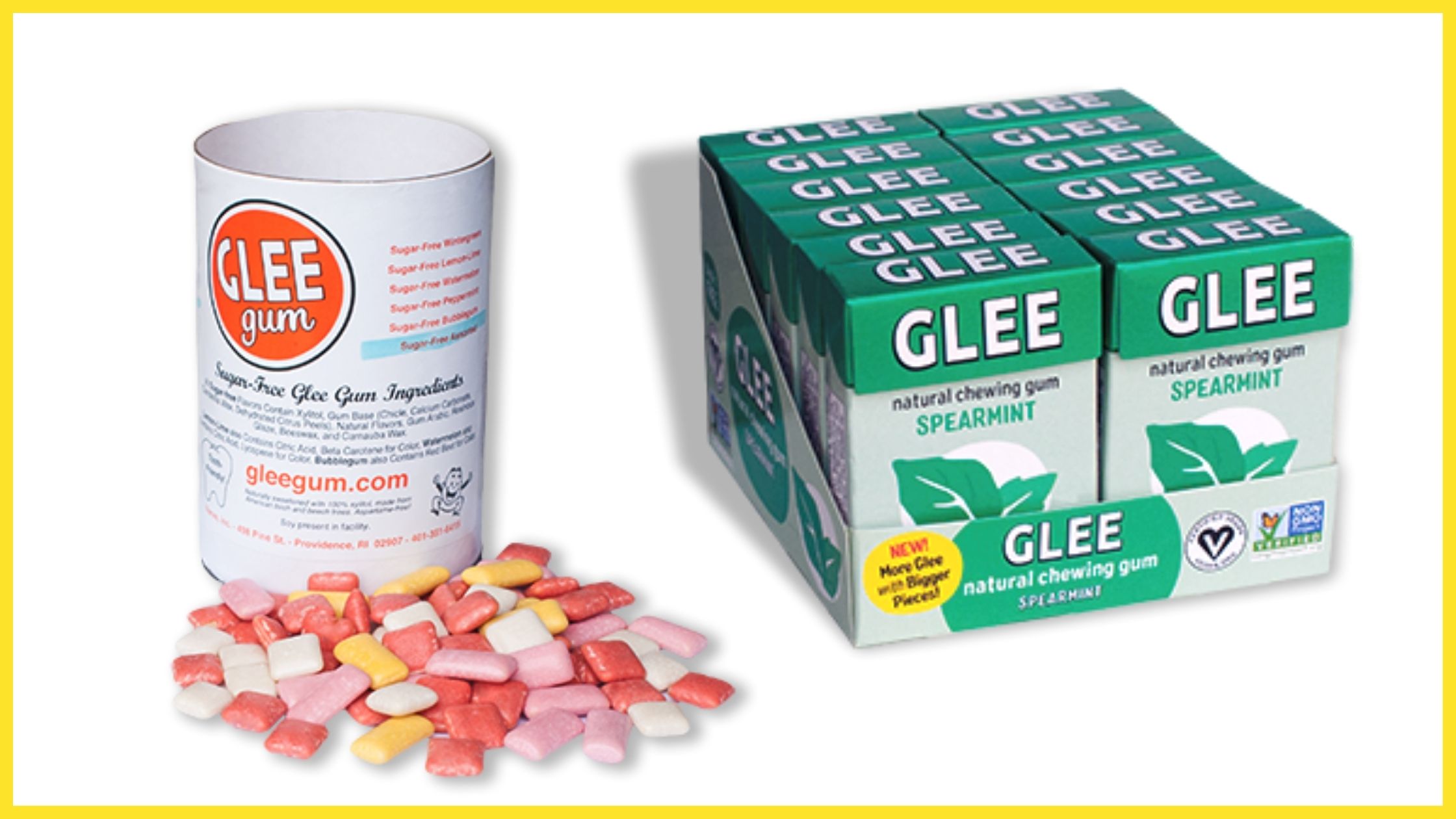
If you chew gum did you know that chances are you’re actually eating plastic? Yuck! That’s because most chewing gums are made with polyvinyl acetate. Apparently, the only brand of gum currently available that is 100% chicle and plastic-free is my favorite Glee gum. According to their website Glee gum is: plastic free and has no artificial colors, flavors, sweeteners, or preservatives. It’s also aspartame-free (it’s made with xylitol) as well as non-GMO and vegan. There’s not even any plastic in their packaging because they use cardboard.
One step at a time
When it comes to making these kinds of eco-friendy choices it can seem a bit overwhelming, especially if you’re trying to do it all at the same time. When I’m working with clients I encourage them to remember that we make sustainable change by working on new habits one step at a time. If you try to change everything at once it's too much. You are trying to remember and be consistent about too many things. You are not learning and setting those new habits.
Take me for example…while I may forget from time to time to put my bags back into the car I do use them the vast majority of the time. I've also gotten very good about telling cashiers that I do not need a bag if I am only purchasing a few products and can easily carry them when I've forgotten my bags. That was my first big eco-friendly step. Little by little I added others. You can do the same.
Pick one thing that is important to you. Practice and develop that habit. When you are comfortable that you are utilizing it the majority of the time, move on to another one. Slow and steady is the way to make effective, long-lasting, positive change.
There's so much plastic in our environment that we often don't even see it. It's become part of the background.
Read on to learn more about BPA, where it hides, and some strategies for supporting your health amidst the sea of plastic that surrounds us.
Related story: Can You Recycle #5 Plastics?
Sources
"No One Knew How Many Plastic Straws Americans Use Every Day. Then A 9-Year-Old Kid Did The Math". Money, 2022, https://money.com/how-many-plastic-straws-used-every-day/.
Terry, Beth. "Chewing On Plastic? Yum! » My Plastic-Free Life". My Plastic-Free Life, 2010, https://myplasticfreelife.com/2010/01/chewing-on-plastic-yum/


